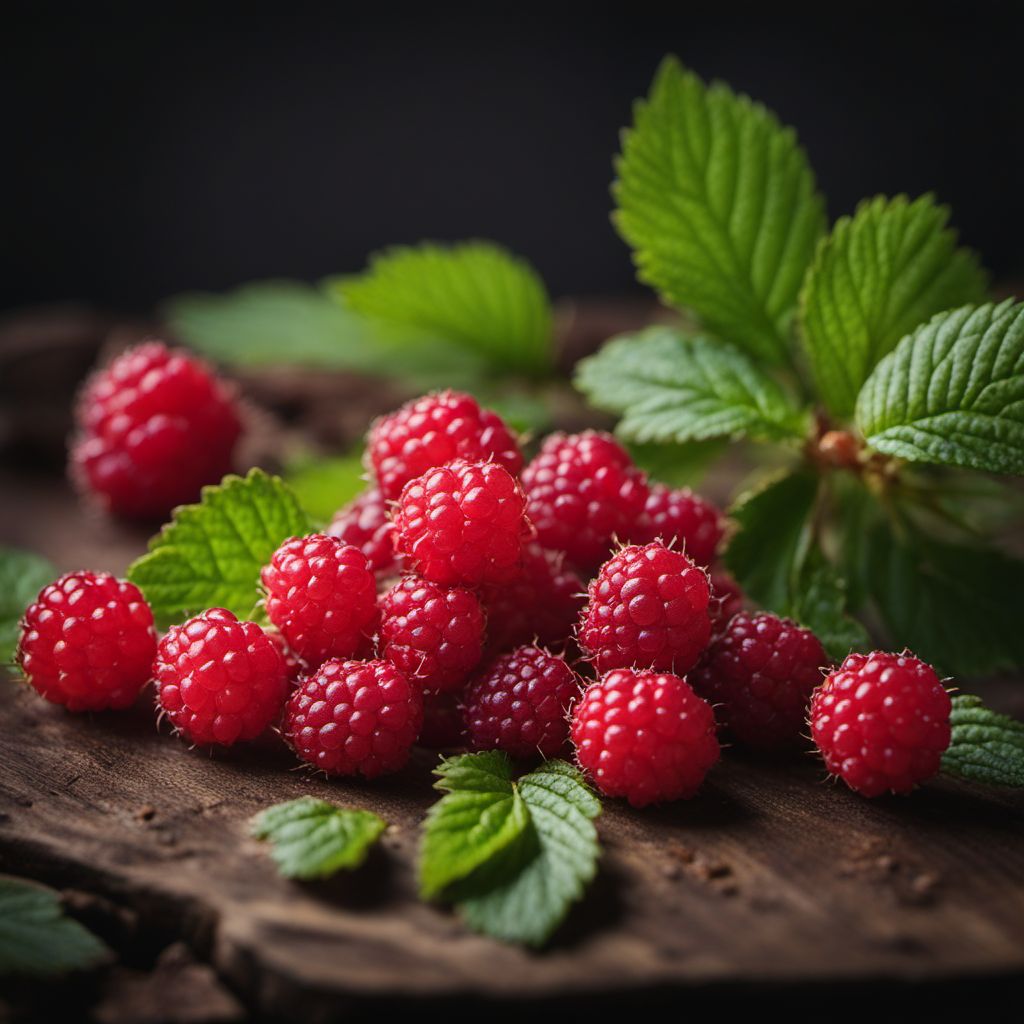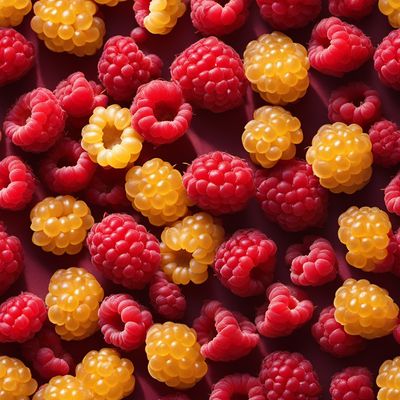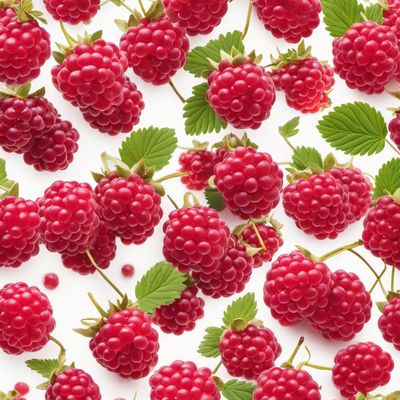
Ingredient
Wineberries
The Jewel of Summer: Wineberries
Wineberries are small, red berries that grow on thorny canes. They have a soft and delicate texture, similar to raspberries, and a sweet-tart flavor that is often described as a combination of raspberries and wine. Wineberries are rich in antioxidants and vitamin C, making them a nutritious choice for adding a pop of color and flavor to various culinary creations. They can be enjoyed fresh, used in jams and jellies, or incorporated into desserts and salads.
Origins and history
Wineberries are native to Asia and were introduced to North America in the late 19th century. They are closely related to raspberries and belong to the same genus, Rubus. Wineberries are highly prized for their unique flavor and vibrant color, and they have become naturalized in many parts of the United States. They are often found growing wild in forests, fields, and along roadsides. Wineberries are a popular foraging fruit, and their harvest season typically spans from late spring to early summer.
Nutritional information
Wineberries are a good source of antioxidants, including anthocyanins and ellagic acid. They also contain vitamin C, which is essential for immune health and collagen production. Additionally, wineberries are low in calories and high in dietary fiber, making them a healthy choice for snacking or incorporating into various dishes.
How to select
When selecting wineberries, look for plump and brightly colored berries that are free from mold or soft spots. The berries should be firm but not overly ripe, as they can become mushy and lose their flavor. Avoid berries that are dull or have a wrinkled appearance, as this may indicate a loss of freshness. It is best to pick wineberries when they are fully ripe, as they do not continue to ripen after being harvested.
Storage recommendations
Store wineberries in the refrigerator in a shallow container lined with paper towels. This will help to absorb excess moisture and prevent the berries from becoming soggy. Wineberries are highly perishable and should be consumed within a few days of harvest. It is best to wash the berries just before using them, as excess moisture can cause them to spoil more quickly.
How to produce
Wineberries can be grown in home gardens or containers, provided they are in a suitable climate. They prefer well-drained soil and full sun exposure. Wineberry plants can be propagated from cuttings or purchased as young plants from nurseries. They require regular watering and pruning to maintain their shape and productivity. Harvest the berries when they are fully ripe and easily detach from the plant with a gentle tug. Handle the berries with care, as they are delicate and can bruise easily.
Preparation tips
Wineberries can be enjoyed fresh as a snack or used in a variety of culinary creations. They can be used to make jams, jellies, and sauces, adding a vibrant color and a sweet-tart flavor. Wineberries can also be used in desserts such as pies, tarts, and crumbles, where they pair well with other summer fruits. Additionally, wineberries can be added to salads, smoothies, or yogurt for a burst of flavor and color.
Culinary uses
Wineberries are commonly used in North American cuisine, particularly in the United States. They are often found growing wild and are a popular foraging fruit. Wineberries can also be purchased at farmers markets or specialty stores during their peak season. They are not as widely available as other berries, making them a special treat for those lucky enough to find them.
Availability
North America
More ingredients from this category

Korean black raspberries
The Nutty Delights: Pistachios and Their Kin

Nectar raspberries
The Luscious Delight: Exploring the World of Nectar Raspberries

Raspberries (red and yellow)
"Nature's Sweet and Tangy Gems: Exploring the Vibrant World of Raspberries"

Black raspberries
Jewels of the Berry World

Korean raspberries
The Tangy Gems

Arctic brambles
The Arctic Delicacy: Exploring the Unique Flavors of Arctic Brambles

